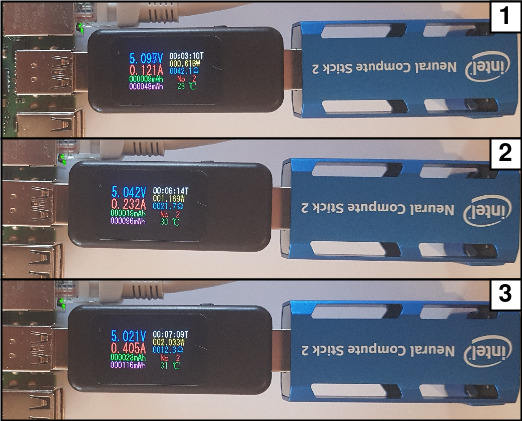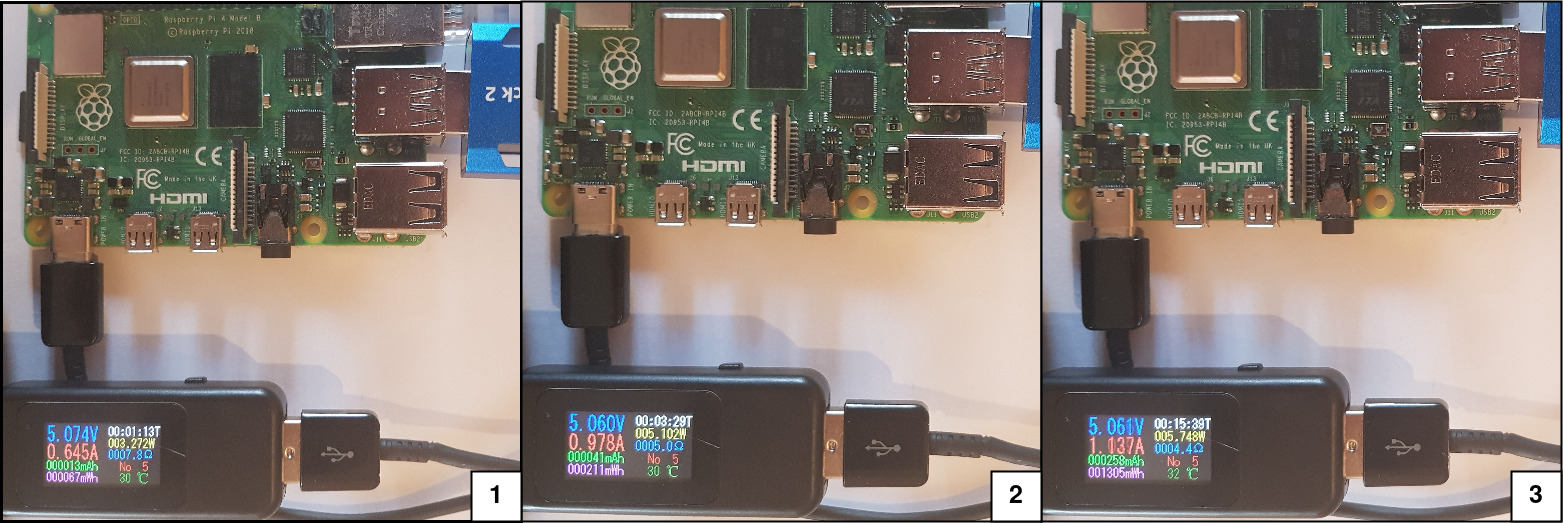The repository contains the implementation of DeepSort object tracking based on YOLOv4 detections. Detector inference class is implemented in several frameworks like TensorFlow, TensorFlow Lite, TensorRT, OpenCV, and OpenVINO to benchmark methods and use the best one for edge-tailored solutions.
python3 object_tracker.py -f trt -m <PATH TO MODEL> -s <MODEL INPUT SIZE> -n <PATH TO FILE WITH CLASS NAMES> -v <PATH TO INPUT VIDEO> --dont_show TrueNOTE
If one wants to run inference one NVIDIA devices with TensoRT support needs to uncomment TrtYOLO detector import in detectors/__init__.py. The same issue is for utilizing OpenvinoYOLO class on Intel hardware.
Usage: object_tracker.py [OPTIONS]
Options:
-f, --framework TEXT Inference framework: {tf, tflite, trt, opencv,
openvino}
-m, --model_path TEXT Path to detection model
-n, --yolo_names TEXT Path to YOLO class names file
-s, --size INTEGER Model input size
-t, --tiny BOOLEAN If YOLO tiny architecture
-t, --model_type TEXT yolov3 or yolov4
-v, --video_path TEXT Path to input video
-o, --output TEXT Path to output, inferenced video
--output_format TEXT Codec used in VideoWriter when saving video to
file
--iou FLOAT IoU threshold
--score_threshold FLOAT Confidence score threshold
--opencv_dnn_target TEXT Precision of OpenCV DNN model
--device TEXT OpenVINO inference device, available: {MYRIAD,
CPU, GPU}
--dont_show BOOLEAN Do not show video output
--info BOOLEAN Show detailed info of tracked objects
--count BOOLEAN Count objects being tracked on screen
--help Show this message and exit.YOLOv4 object detector was trained with the use of Darknet framework and on the VisDrone datasets. Images were captured from UAV's perspective. Each independent object belongs to one of the 11 categories. Small and occluded parts of images where were many instances were marked as an ignored region (12 category). The YOLOv4 configuration file is in data/darknet/yolov4_visdrone.cfg, classes file is in data/classes/visdrone.names and calculated sizes of anchor boxes are in data/anchors/visdrone_anchors.txt.
The optimization and quantization process was performed with use of TensorRT for NVIDIA Jetson Xavier NX and OpenVINO for Intel Neural Compute Stick 2.
Conversion steps are described in following files:
The benchmark tests were performed on NVIDIA Jetson Xavier NX and Intel Neural Compute Stick 2. Jetson Xavier NX was in mode 2 (sudo nvpmodel -m 0) and clocks, fan were set to the maximum frequency with sudo jetson clocks --fan command. To evaluate Intel INCS 2 Raspberry Pi 4B was used. The evaluation results are listed below.
The full TensorFlow library was utilized for Raspberry Pi 4B. The build instruction for TensorFlow 2.2.0 is available here.
NVIDIA Jetson Xavier NX
| YOLOv4-608 model | average time per frame [s] | average detection time [s] | average tracker time [s] |
|---|---|---|---|
| TensorFlow FP32 | 1.5475 | 0.3365 | 0.7518 |
| TensorRT FP32 | 1.1977 | 0.1787 | 0.6487 |
| TensorRT FP16 | 1.0545 | 0.0516 | 0.6583 |
| TensorRT INT8 | 0.6241 | 0.0301 | 0.3622 |
| TensorFlow Lite FP32 | 22.7165 | 21.4231 | 0.8031 |
| TensorFlow Lite FP16 | 17.1216 | 15.9608 | 0.7268 |
Intel Neural Compute Stick 2 with Raspberry Pi 4B
| YOLOv4-608 model | average time per frame [s] | average detection time [s] | average tracker time [s] |
|---|---|---|---|
| OpenVINO FP32 USB3 | 5.5214 | 1.2708 | 0.1709 |
| OpenVINO FP16 USB3 | 5.4409 | 1.2609 | 0.1738 |
| OpenVINO FP32 USB2 | 5.8345 | 1.5661 | 0.1705 |
| OpenVINO FP16 USB2 | 5.6797 | 1.5560 | 0.1723 |
Raspberry Pi 4B
| YOLOv4-608 model | average time per frame [s] | average detection time [s] | average tracker time [s] |
|---|---|---|---|
| TensorFlow Lite FP32 | 19.9633 | 14.7623 | 0.2095 |
| TensorFlow Lite FP16 | 19.4803 | 14.4580 | 0.2058 |
| OpenCV DNN TARGET CPU | 37.1923 | 31.1872 | 0.2491 |
During the performance evaluation, the energy efficiency of benchmarked edge devices was checked. The power consumption of Intel Neural Compute Stick 2 and Raspberry Pi 4B was measured with the use of a USB multifunction tester as is shown in the figure below.
Intel Neural Compute Stick 2 with Raspberry Pi 4B
| State | Average Voltage [V] | Average Current [A] | Average Power [W] |
|---|---|---|---|
| idle | 5.097 | 0.121 | 0.616 |
| model loaded to plugins | 5.042 | 0.232 | 1.169 |
| inference | 5.021 | 0.405 | 2.033 |
Raspberry Pi 4B
| State | Average Voltage [V] | Average Current [A] | Average Power [W] |
|---|---|---|---|
| idle | 5.074 | 0.645 | 3.272 |
| model loaded to plugins | 5.060 | 0.978 | 5.102 |
| inference | 5.061 | 1.137 | 5.748 |
NVIDIA Jetson Xavier NX
Jetson Xavier NX energy usage was inspected with the use of the jetson-stats package which is intended for monitoring and control NVIDIA Jetson devices. The results of the performed tests are presented in the table below.
| State | Average Voltage [V] | Average Current [A] | Average Power [W] |
|---|---|---|---|
| idle | 19 | 0.1371 | 2.605 |
| Jetson clocks, fan max frequency | 19 | 0.1839 | 3.495 |
| inference | 19 | 0.3770 | 7.163 |
The possible use cases of multiple object tracking are:
- survilance monitoring
- crossroads flow tracking
- monitoring and warning in unsafe places
Many thanks for great job for:
-
The AI Guy: yolov4-deepsort, MIT License
-
jkjung-avt: tensorrt_demos, MIT License


